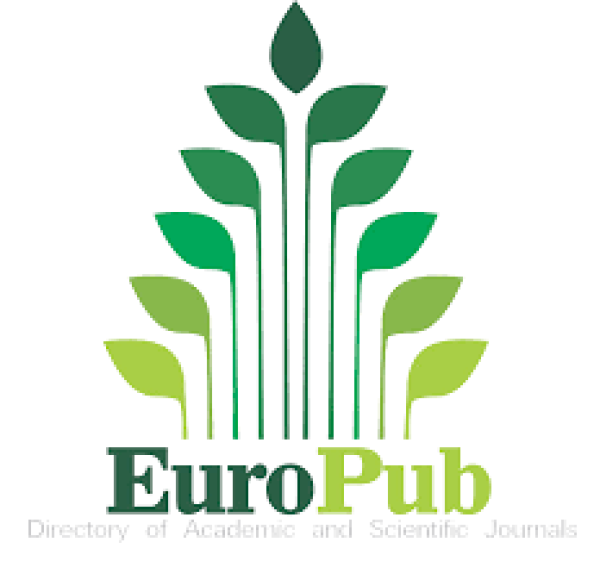Verification of Mungbean and Cowpea in Broiler Chicken Diets
DOI:
https://doi.org/10.65141/jeraff.v4i1.n2Keywords:
mungbean, soybean, cowpea, feed formulation, protein sources, poultryAbstract
The study aimed to investigate the feasibility of replacing the traditional soybean-based protein source with alternative plant proteins, especially mungbean and cowpea, in broiler diets to support outscaling initiatives in Region 02. Soybean, the prevalent protein source in broiler nutrition, poses economic and environmental challenges. This research addresses the growing need for sustainable and cost-effective alternatives. The control group received a conventional soybean-based diet, while the experimental groups were provided with diets in which soybean was totally replaced by mungbean and cowpea. Key growth performance indicators, such as broiler weight, feed conversion ratio, and mortality rates, were monitored throughout the study. The result revealed that soybean was statistically significant among the two alternative protein sources; however, broilers fed with mungbean and cowpea-based diets demonstrated satisfactory weight gain and feed conversion ratios, with no apparent adverse effects on overall health. This study’s findings support the feasibility of reducing dependence on soybean by incorporating mungbean and cowpea as alternative protein sources in broiler diets for outscaling initiatives in Region 02. These findings hold promise for achieving sustainability and cost-efficiency in broiler production, as well as diversifying agricultural practices. While soybeans may show more significant results in terms of traditional metrics such as growth performance indicators, mungbean and cowpea typically had lower production costs compared to soybean. They often require fewer inputs such as fertilizers and pesticides, which can contribute to overall cost savings in cultivation. Mungbean and cowpea, being potentially more adaptable to local climates and conditions, can
reduce reliance on expensive imports.
References
Abd El-Hamid, A. A., El-Ghamry, A. A., El-Sayed, A. E., & El-Hindawy, M. M. (2007). Nutritional evaluation of mungbean seeds (Vigna radiata) in broiler diets. Egyptian Journal of Nutrition and Feeds, 10(3), 495-505.
Bureau of Animal Industry – Animal Feeds, Veterinary Drugs and Biologics Control Division. (2021). Soybean meal importation data – Soybean meal actual volume arrival: Nov MTD. [Unpublished internal report]. Bureau of Animal Industry.
Cromwell, G. L. (1999). Soybean meal – The “gold standard”. The Farmer’s Pride, KPPA News, 11(20). Retrieved from https://www.feedipedia.org/node/674
Defang, H. F., Teguia, A., Awah-Ndukum, J., Kenfack, A., Ngoula, F., & Metuge, F. (2008). Performance and carcass characteristics of broilers fed boiled cowpea (Vigna unguiculata) and/or black common bean (Phaseolus vulgaris) meal diets. African Journal of Biotechnology, 7(9), 1351-1356. https://www.ajol.info/index.php/ajb/article/view/58675
Gonzales-Vega, J. C., et al. (2011). Roasting of grains to destroy protease inhibitors and reduce other anti-nutritional factors. Journal of Animal Science, 89(12), 3929-3939.
Gu, H., & Patton, D. (2022, January 14). China 2021 soybean imports slip 3.8% on falling margins, weak demand. Reuters. https://www.reuters.com/markets/us/china-2021-soybean-imports-slip-38-vs-2020-customs-2022-01-14/
Lewis, A. J., & Southern, L. L. (2001). Swine nutrition (2nd ed.). CRC Press. https://www.feedipedia.org/node/674
Murugan, M., & Ragavan, A. (2017). Broiler Performance Efficiency Factor (BPEF) in commercial broiler production facilities with special reference to climate. Indian Veterinary Journal, 94, 11-14.
Oil World. (2015). Oil World Annual 2015. ISTA Mielke GmbH.
Philippine Society of Animal Nutritionists. (2003). PHILSAN Feed Reference Standard (3rd ed.).
Philippine Statistics Authority. (2021). Crops statistics of the Philippines – National and regional: 2016-2020. Philippine Statistics Authority.
Planning, Monitoring and Evaluation Division – Department of Agriculture Field Office No. 02. (2021). Department of Agriculture, Regional Field Office No. 02.
Steinfeld, H., Gerber, P., Wassenaar, T., Castel, V., Rosales, M., & de Haan, C. (2006). Livestock’s long shadow: Environmental issues and options. Food and Agriculture Organization of the United Nations (FAO).










